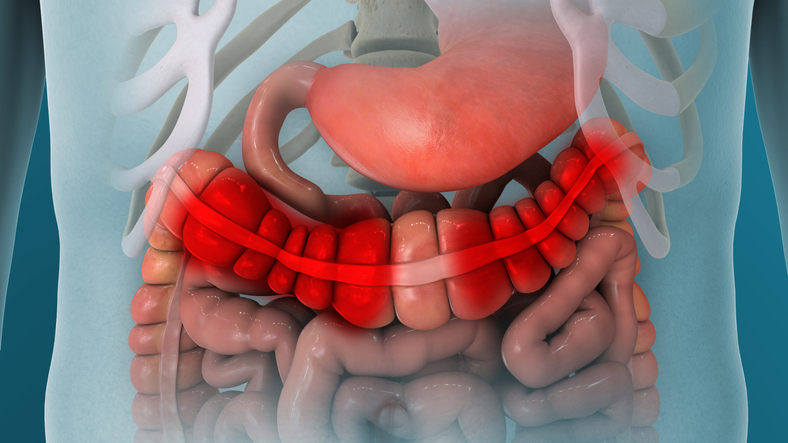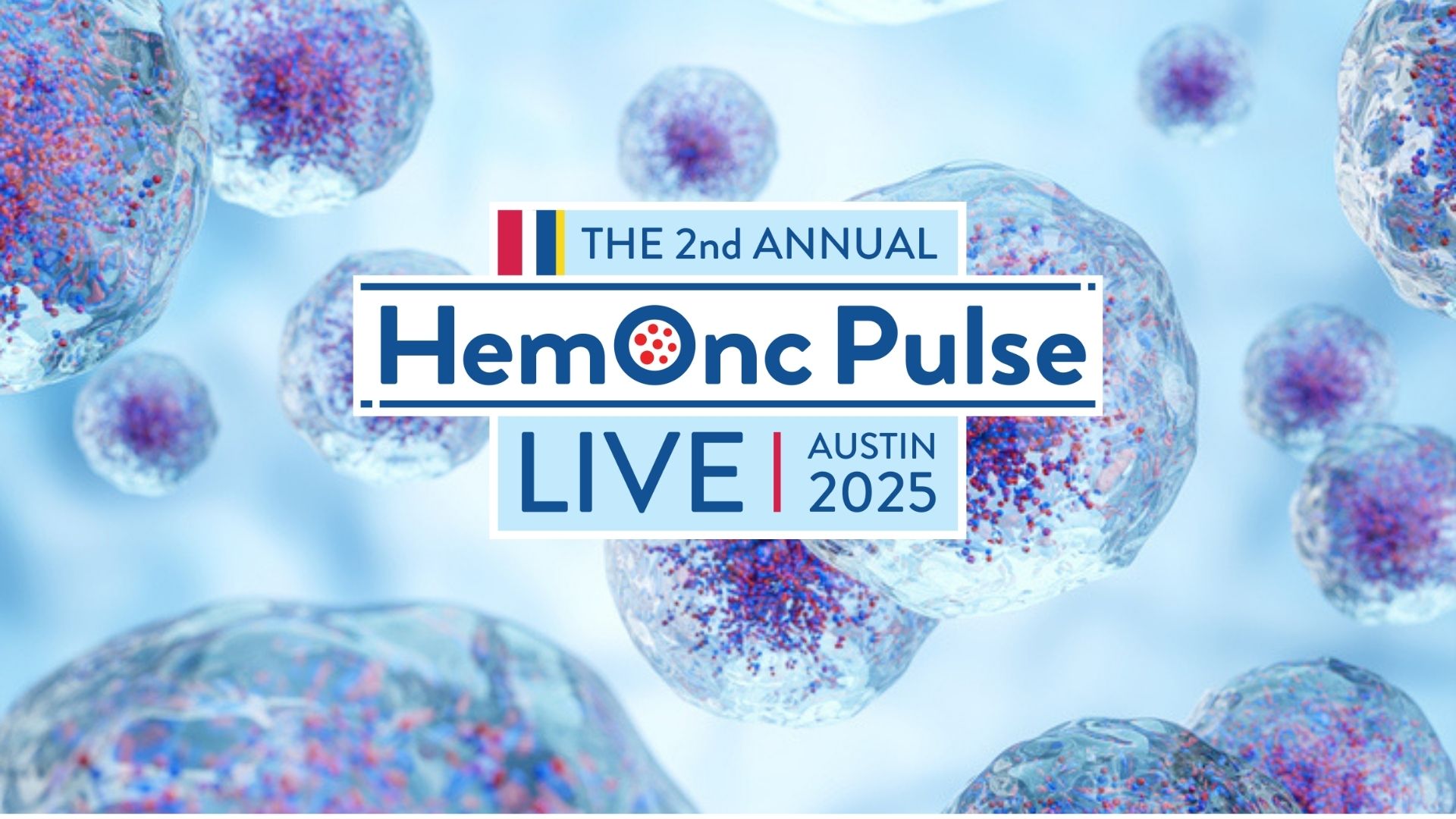
New Agent-Based Regimens Rapidly Replace Old Intensive Chemotherapy Paradigm in ALL
The past two decades have witnessed a rapid change in the treatment of acute lymphoblastic leukemia (ALL). The incorporation of the more potent targeted BCR-ABL1 tyrosine kinase inhibitors (TKIs) into the treatment of Philadelphia chromosome (Ph)-positive ALL, and of targeted and immune therapies in pre-B-cell ALL and Ph+ ALL have improved outcomes drastically. The old treatment paradigm of intensive chemotherapy, which prevailed for 50 years, is being rapidly replaced by regimens that incorporate the new agents, and that may omit chemotherapy completely or significantly reduce its intensity and duration.
Importance of Measuring Residual Disease by Newer, More Sensitive Methodologies
Next-generation sequencing (NGS)-based measurable residual disease (MRD) assays track leukemia-associated immunoglobulin (IG) or T-cell receptor (TR) rearrangements through deep sequencing and MRD detection sensitivity of 10−6. NGS MRD is superior to multiparameter flow cytometry methods, both in terms of sensitivity and discrimination of relapse risk. Patients who achieve rapid NGS MRD clearance have very low rates of relapse.
Thus, patients with early NGS MRD clearance might be suitable candidates for treatment de-escalation in future investigational trials. In patients with high-risk cytomolecular features (eg, adverse cytogenetics, Ph-like genotype, etc) where allogeneic hematopoietic stem cell transplantation (HSCT) in first remission is still a standard of care, NGS-based response assessment might enable clinicians to select patients in whom allogeneic HSCT could be safely avoided. Patients with very low-level MRD by high sensitivity NGS assay may also be candidates for chimeric antigen receptor (CAR) T-cell consolidation as an alternative to allogeneic HSCT, a strategy that is being investigated in prospective clinical trials.
Persistence of MRD in remission is associated with a higher risk of relapse and worse survival across subtypes of ALL. In patients with Ph+ ALL, MRD monitoring is routinely done using reverse-transcription polymerase chain reaction (RT-PCR) for BCR-ABL1 transcripts. However, a recent analysis evaluating the correlation between RT-PCR for BCR-ABL1 and NGS for IG/TR in Ph+ ALL showed that approximately 15% to 30% of patients who achieve NGS MRD negativity at a sensitivity of 1×10−6 may still have detectable BCR-ABL1 transcripts by RT-PCR.
Among patients who achieved NGS MRD negativity, the presence or absence of BCR-ABL1 by RT-PCR did not carry a prognostic impact, suggesting that the persistent BCR-ABL1 transcripts in these patients did not represent true ALL blastic MRD. Thus, NGS-based MRD may be a better tool than RT-PCR for BCR-ABL1 in monitoring patients with Ph+ ALL and making MRD-guided treatment decisions.
Frontline Therapy for B-Cell ALL
The integration of the immunotherapy agents inotuzumab ozogamicin (InO), a CD22 antibody-drug conjugate, and blinatumomab, a CD19 bispecific T-cell engager, into the frontline treatment of adults with pre-B-cell ALL has significantly improved survival outcomes. The phase III ECOG-ACRIN E1910 trial showed that even in patients with negative MRD (<0.01%), the addition of blinatumomab to consolidation therapy led to a survival benefit (five-year overall survival [OS] rates, 80% vs 55%).
Other studies showing similar OS benefits raise questions about the value of the established intensive chemotherapy treatment paradigms in ALL and whether these newer regimens incorporating targeted immunotherapy could be deintensified and shortened. The availability of NGS methods that detect residual disease in a million cells may allow finessing of strategies in relation to the intensity duration of therapy, as well as the need to change therapy and consider HSCT or CAR-T in first or later complete remissions (CRs) based of the sequential NGS-MRD results.
However, treatment of older patients (≥60 years of age) remains challenging due to aggressive disease biology and inability to tolerate intensive chemotherapy or to proceed to allogeneic HSCT. With these traditional forms of therapy, the five-year OS rates are below 20%.
At the University of Texas MD Anderson Cancer Center, Dr. Senapati and colleagues started using less intensive chemotherapy that incorporated initial InO simultaneously with attenuated chemotherapy, and later added sequential blinatumomab. This new mini-hyper-CVD-InO regimen with or without blinatumomab as frontline therapy in older adults with newly diagnosed B-cell ALL resulted in a promising five-year progression-free survival (PFS) rate of 44% and an OS rate of 46%.
Treatment of Ph+ ALL
Ph+ ALL is another ALL subset where chemotherapy-free regimens are gaining traction. Historically, Ph+ ALL was associated with a very poor outcome, but the discovery and addition of BCR-ABL1 TKIs to intensive chemotherapy changed the outcome drastically.
For example, the long-term survival of patients with newly diagnosed Ph+ ALL improved from less than 10% with intensive chemotherapy, to 40% with hyper-CVAD and imatinib, and to 65% with hyper-CVAD and dasatinib. Despite the survival benefit observed with first- and second-generation TKIs, outcomes remained suboptimal due to the low rate of complete molecular response (CMR; undetectable BCR-ABL1 transcripts by RT-PCR) and the development of the T315I mutations in up to 75% of relapsing patients.
To deepen molecular responses and prevent the emergence of T315I-mutated clonal ALL relapse, the third-generation TKI ponatinib was combined with hyper-CVAD in the frontline setting, which improved the CMR rate to 84% and the six-year OS rate to 75%. In another study, a simultaneous combination of blinatumomab and ponatinib resulted in a CMR rate of 84% and an NGS-MRD rate of 91%. In this particular study, only one (2%) patient received an allogeneic HSCT in first remission due to persistently detectable BCR-ABL1 transcripts, highlighting that this chemotherapy-free regimen could mitigate the need for transplant in the frontline setting.
Improving Treatment Options in T-Cell ALL
The development of newer therapeutics in T-cell ALL has lagged behind pre-B-cell ALL. Subsets of T-cell ALL such as early T-cell precursor (ETP) ALL in adults continue to have poor outcomes. Knowledge of the dependence of T-lymphoblasts on BCL-2 and BCL-xL has led to the initiation of clinical trials with venetoclax and navitoclax along with chemotherapy in the relapsed or refractory setting and in frontline patients with the ETP phenotype. T-lymphoblasts are sensitive to asparaginase, and the combination of hyper-CVAD, pegylated asparaginase, and nelarabine has produced five-year PFS and OS rates of 60%.
Clinical trials have also been initiated using ponatinib with chemotherapy in relapsed or refractory T-cell ALL. The development of CAR T-cell therapies in T-cell ALL has been stymied by concerns about fratricide, but new manufacturing techniques to develop CAR-T products against CD5 and CD7 that are resistant to fratricide are demonstrating promising early results.
Treatment, Sequence of Therapies in Relapsed or Refractory B-Cell ALL
Both InO and blinatumomab are approved as monotherapy in the relapsed or refractory setting, but in the registration trials, the median OS with either of these agents as monotherapy is seven to eight months, and the three-year OS rates are approximately 20% to 25%, which indicates that these treatments as approved by the regulatory agencies offer a poor treatment value (high cost and modest benefit). Combining these agents with mini-hyper-CVD improved median OS to 17 months and the three-year OS rate to 40%.
A dose-dense strategy combining the administration of InO and blinatumomab (rather than sequential blinatumomab) with mini-hyper-CVD is promising. The anti-CD19 CAR T-cell product brexucabtagene autoleucel was approved for the treatment of adults with relapsed or refractory B-cell ALL and resulted in a median OS of 18 months among evaluable patients. Though each of these individual approaches can be used in sequence as patients relapse, a complementary approach of consolidative CAR T-cell therapy after the best possible response on salvage chemoimmunotherapy might lead to better outcomes, and such clinical trials are ongoing.
One approach might be CAR-T consolidation after remission induction with chemoimmunotherapy salvage regimens, but concerns about optimal CAR T-cell expansion with slow-burden disease need to be assessed. This strategy can then be used in the frontline setting for high-risk B-cell ALL and could possibly replace allogeneic HSCT.
New CAR T-cell products, such as obecabtagene autoleucel (obe-cel), a CD19-directed autologous CAR T-cell therapy that uses the fast-off approach, are under development, with the goal of reducing immunotoxicity and improving CAR-T persistence. An interim analysis of the FELIX trial, which is investigating obe-cel, showed that the infusion of obe-cel resulted in low rates of grade 3 or higher cytokine release syndrome and immune effector cell-associated neurotoxicity syndrome.
“In the future, simplified chemoimmunotherapy regimens that include subcutaneous blinatumomab, and/or tri-specific or tetra-specific T-cell engagers in place of the continuous blinatumomab infusion formulation, might improve patients’ outcomes and quality of life and reduce in-hospital durations,” Dr. Senapati and colleagues wrote.
Ensuring Patients Have Access to Best Therapies
Better disease prognostication, genomic assessment, and wider accessibility to newer agents are important to ensure all patients with ALL have access to the best available therapy.
Highly effective targeted drugs and CAR T-cell therapies have revolutionized the outcomes in adult B-cell ALL. Yet, beyond some positive studies with nelarabine, no new agent has yet shown similar promise in T-cell ALL.
“Great strides have been made in the past two decades in the treatment of adult ALL, but challenges remain,” the authors concluded. “Ongoing trials will answer some of these questions, but the challenges related to high-risk B-cell ALL and relapsed or refractory T-cell ALL need enhanced focus.”
This material was reproduced from “SOHO State of the Art Updates and Next Questions: Acute Lymphoblastic Leukemia,” published on January 8, 2024, in Clinical Lymphoma, Myeloma & Leukemia. The article was written by Jayastu Senapati, MBBS; MD; Hagop Kantarjian, MD; Fadi Haddad, MD; Nicholas Short, MD; Mary Alma Welch, MD; Nitin Jain, MD; and Elias Jabbour, MD.






 © 2025 Mashup Media, LLC, a Formedics Property. All Rights Reserved.
© 2025 Mashup Media, LLC, a Formedics Property. All Rights Reserved.